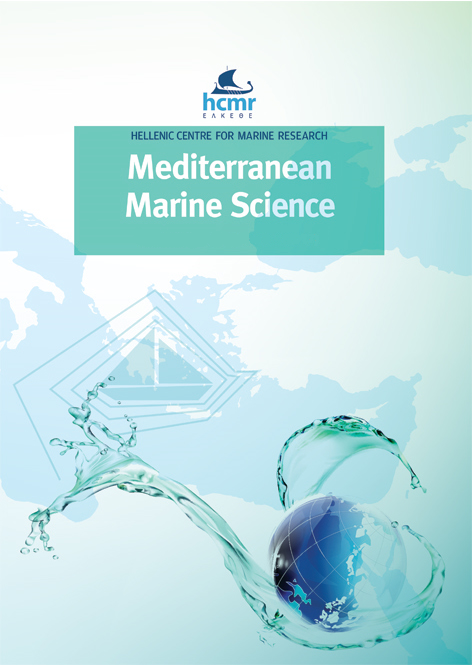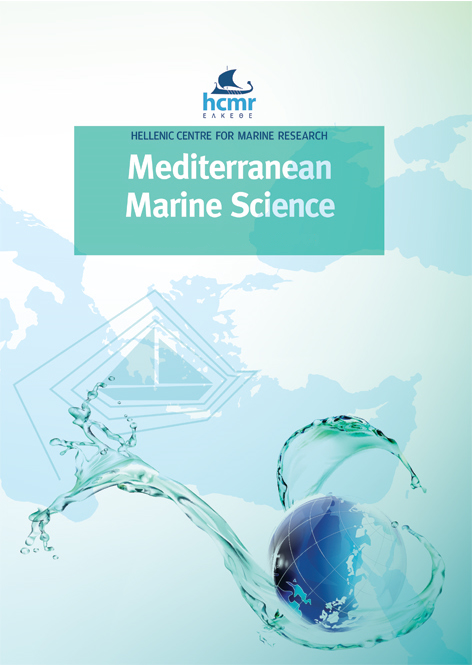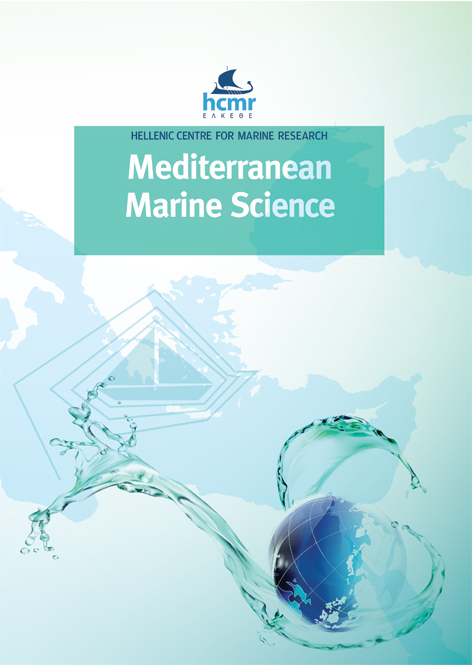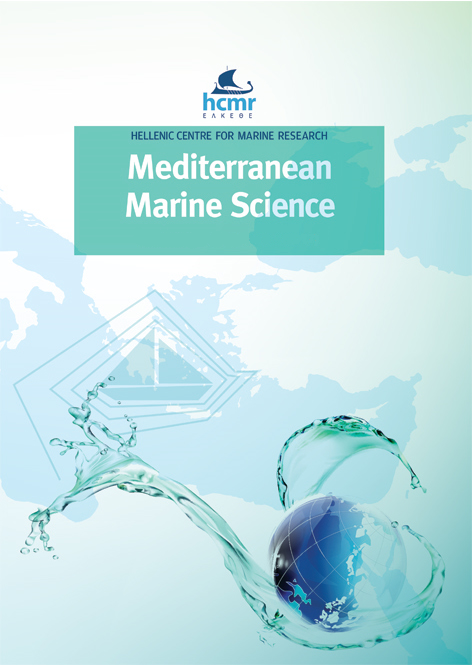On the presence of an unexpected meadow of Penicillus capitatus Lamarck (Bryopsidales: Chlorophyta) in Mallorca, Balearic Islands, Western Mediterranean
Аннотация
An unexpected meadow of the warm-water alga Penicillus capitatus was found thriving in sandy bottoms between 16 and 21 m depth in Mallorca, Balearic Islands. Plant densities and benthic coverage were very high when compared to most Mediterranean meadows of this species. As it is common in tropical meadows of this species, all the individuals were found in a Penicillus morphological state, whereas most Mediterranean individuals are always found in the filamentous (Espera) state. Due to the high biomass of the populations, the contribution to the primary productivity of the sandy bottoms it colonizes should be far from negligible. If the expansion of these species continues, the annual calcium carbonate production of the Balearic continental shelf will increase and previous estimated budgets will have to be reconsidered. Since no genetic analysis of the specimens have been performed so far, it is still early to know if the studied populations have been originated by native Mediterranean specimens or from a cryptic lineage of Western Atlantic or Macaronesian origin. Whatever the answer is, the current bloom of this population in an environment completely devoid of this species in the recent past, provides new evidence of the current tropicalization of the Mediterranean caused by global warming.
Article Details
- Как цитировать
-
HIERRO, A., BALLESTEROS, E., MAÑEZ-CRESPO, J., REYNÉS, X., & TOMAS, F. (2024). On the presence of an unexpected meadow of Penicillus capitatus Lamarck (Bryopsidales: Chlorophyta) in Mallorca, Balearic Islands, Western Mediterranean. Mediterranean Marine Science, 25(2), 279–286. https://doi.org/10.12681/mms.37142
- Раздел
- Research Article
Authors who publish with this journal agree to the following terms:
- Authors retain copyright and grant the journal right of first publication with the work simultaneously licensed under a Creative Commons Attribution Non-Commercial License that allows others to share the work with an acknowledgement of the work's authorship and initial publication in this journal.
- Authors are able to enter into separate, additional contractual arrangements for the non-exclusive distribution of the journal's published version of the work (e.g. post it to an institutional repository or publish it in a book), with an acknowledgement of its initial publication in this journal.
- Authors are permitted and encouraged to post their work online (preferably in institutional repositories or on their website) prior to and during the submission process, as it can lead to productive exchanges, as well as earlier and greater citation of published work (See The Effect of Open Access).









